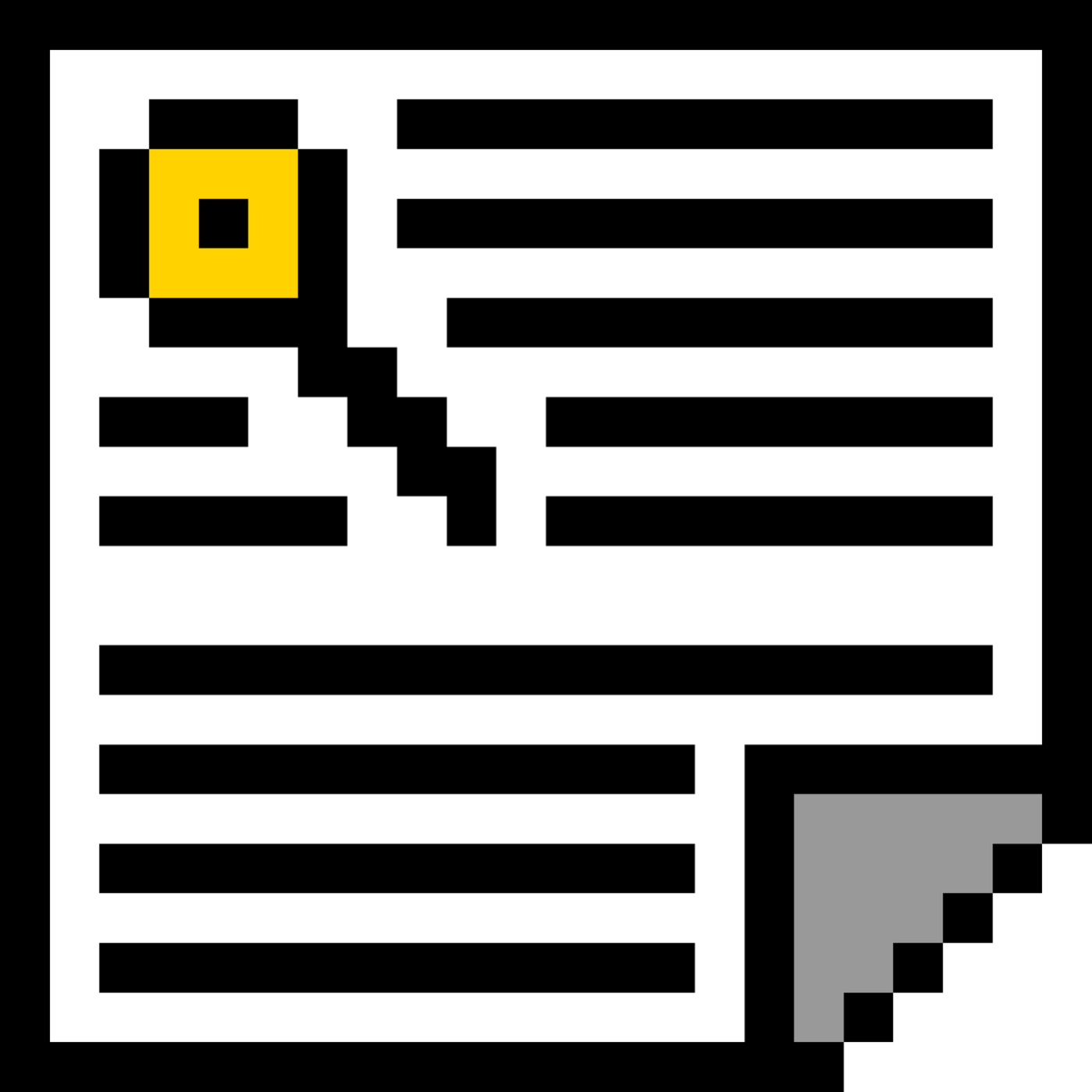12,211 reads
Fine-Tuning RoBERTa for Topic Classification
by
March 29th, 2023
Audio Presented by
Story's Credibility



About Author
I am a Software Engineering lover ❤️ and an AI 👨🔬 enthusiast.


I am a Software Engineering lover ❤️ and an AI 👨🔬 enthusiast.